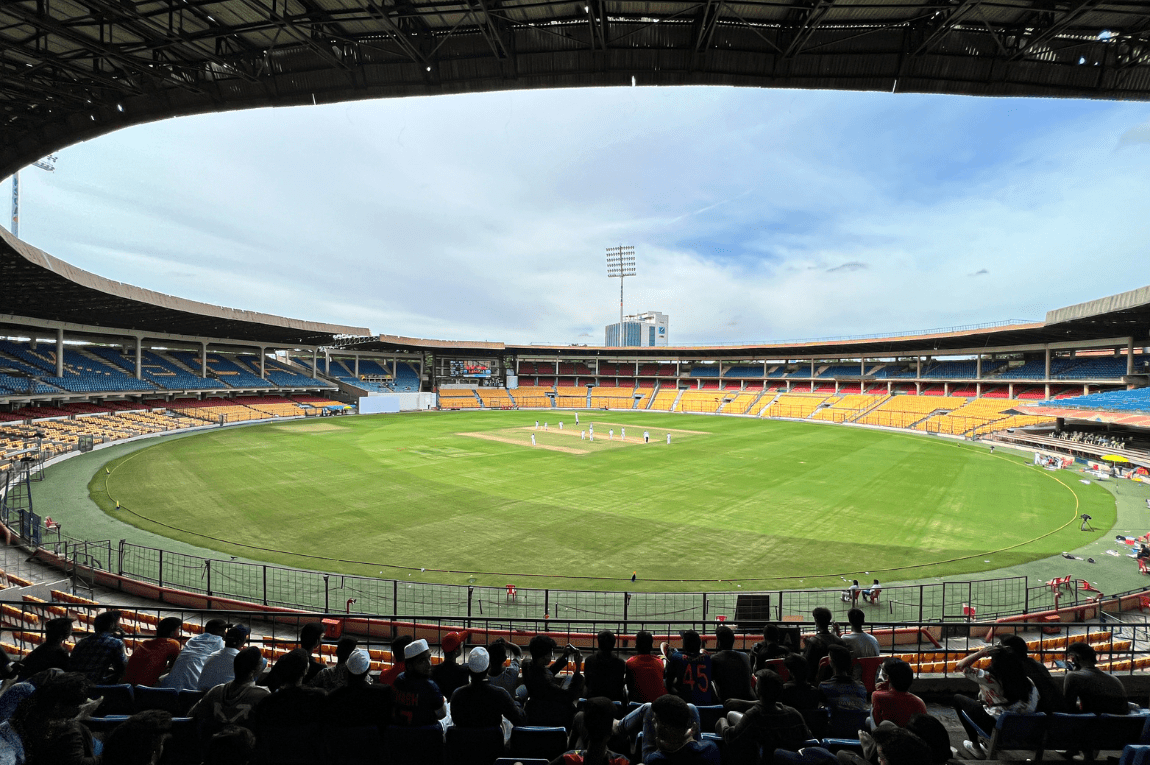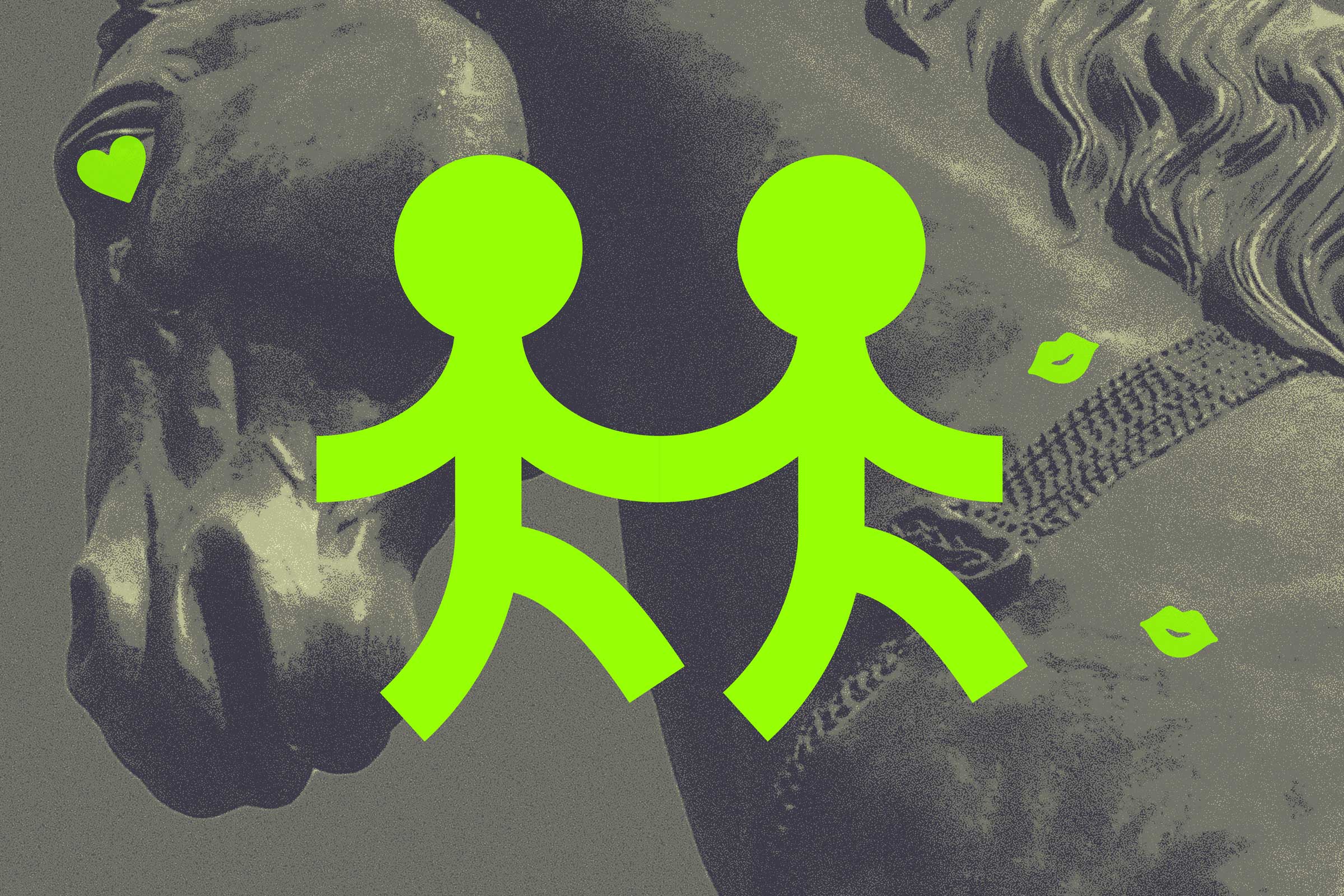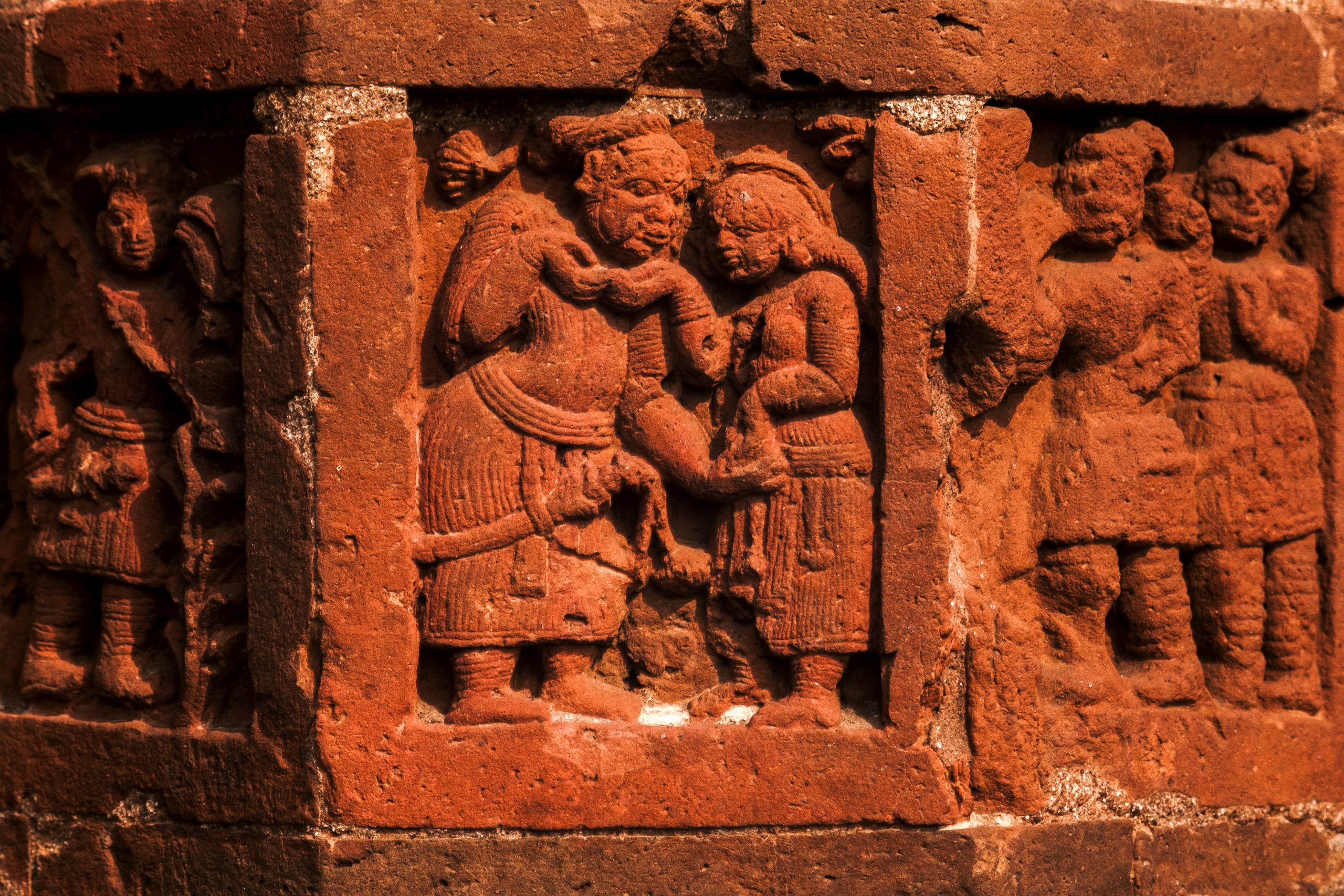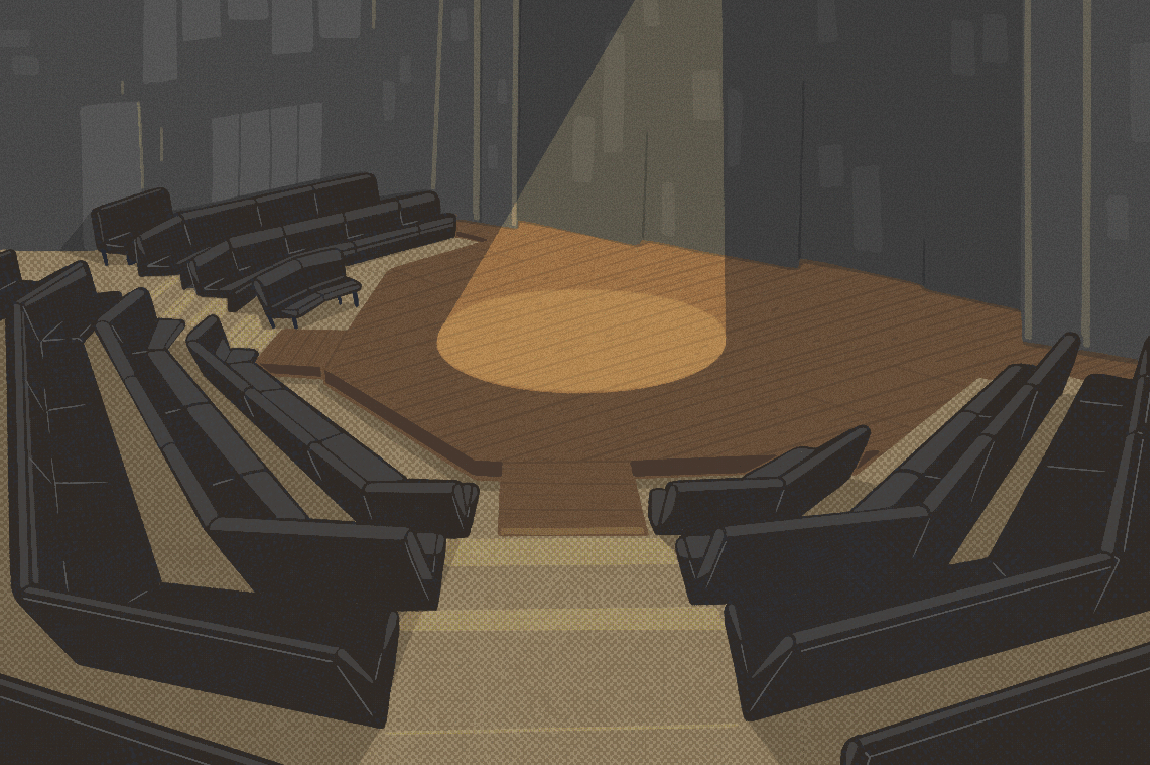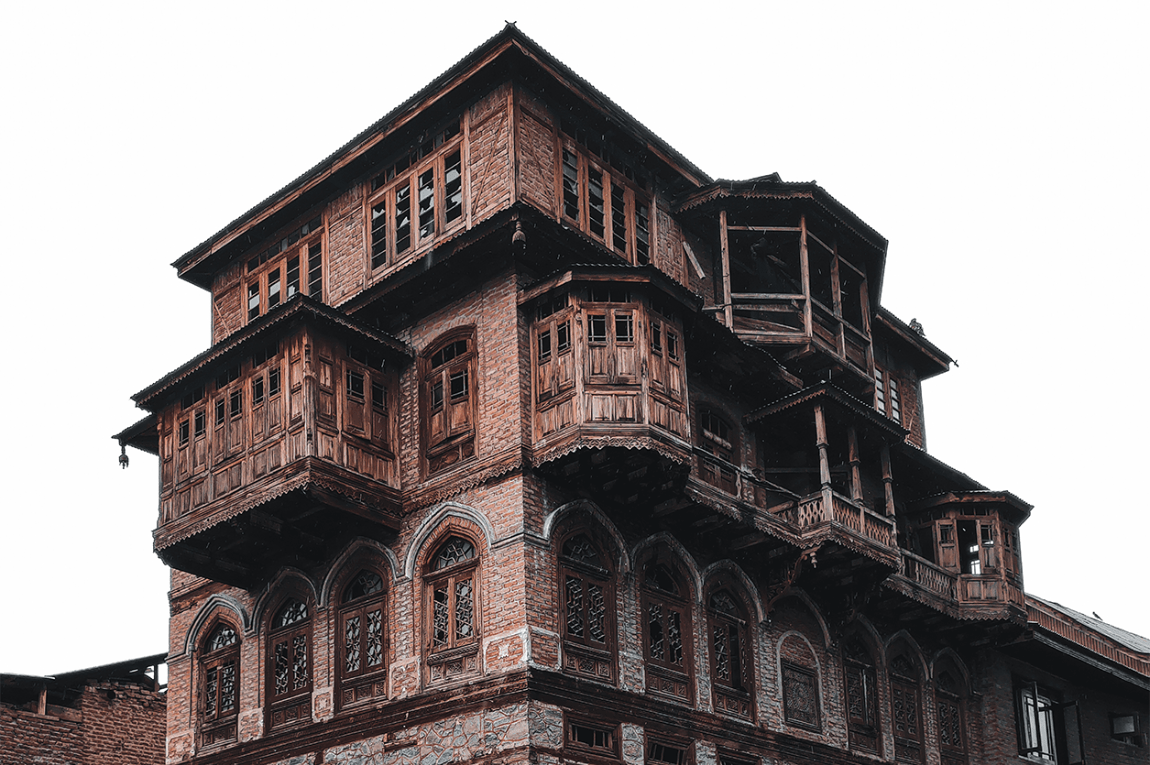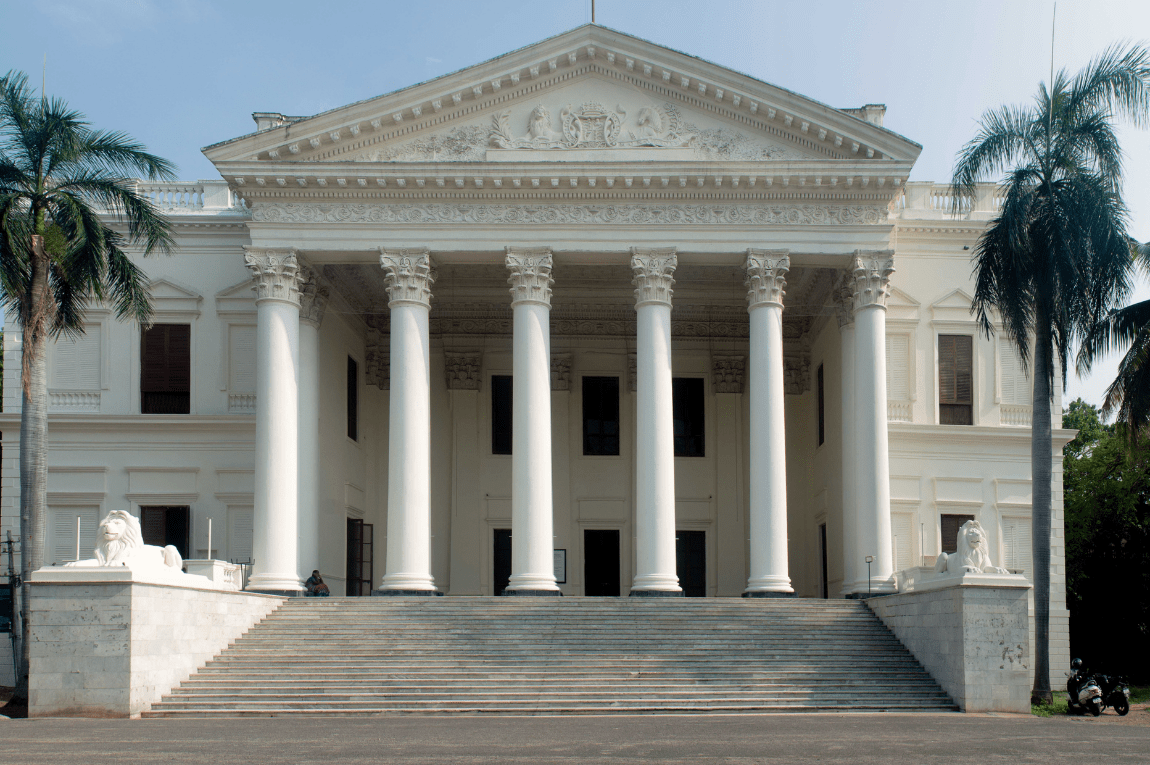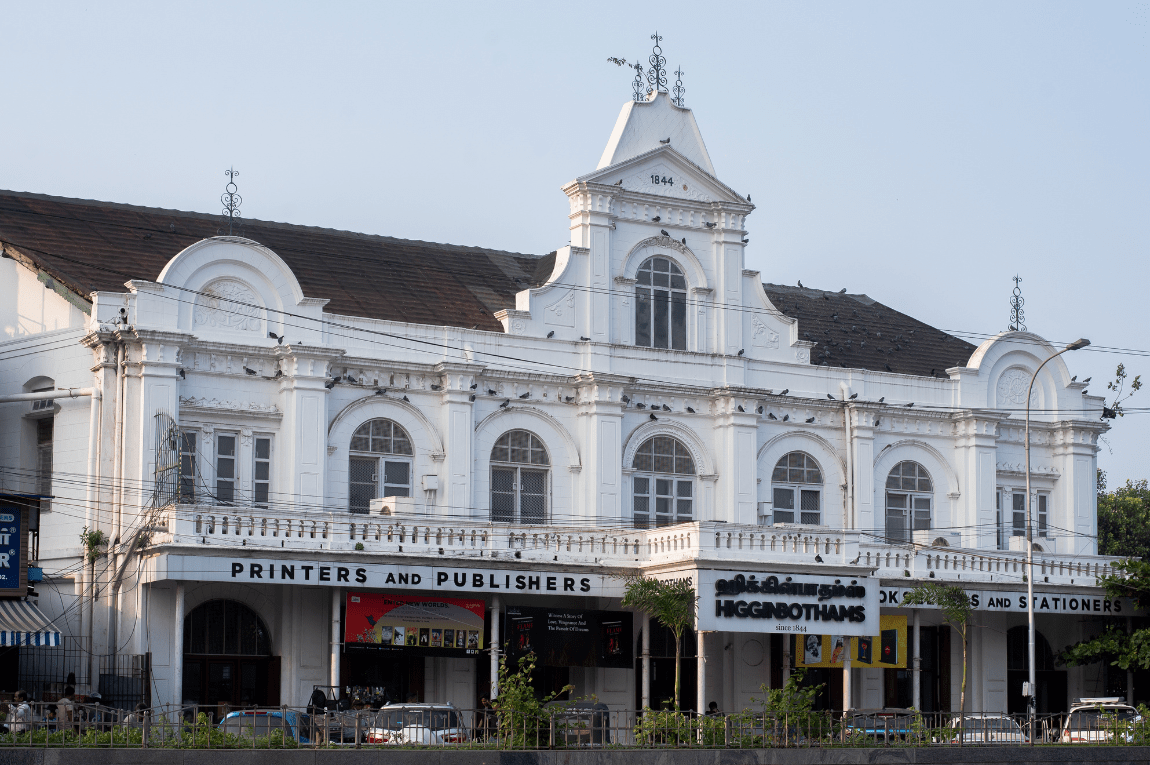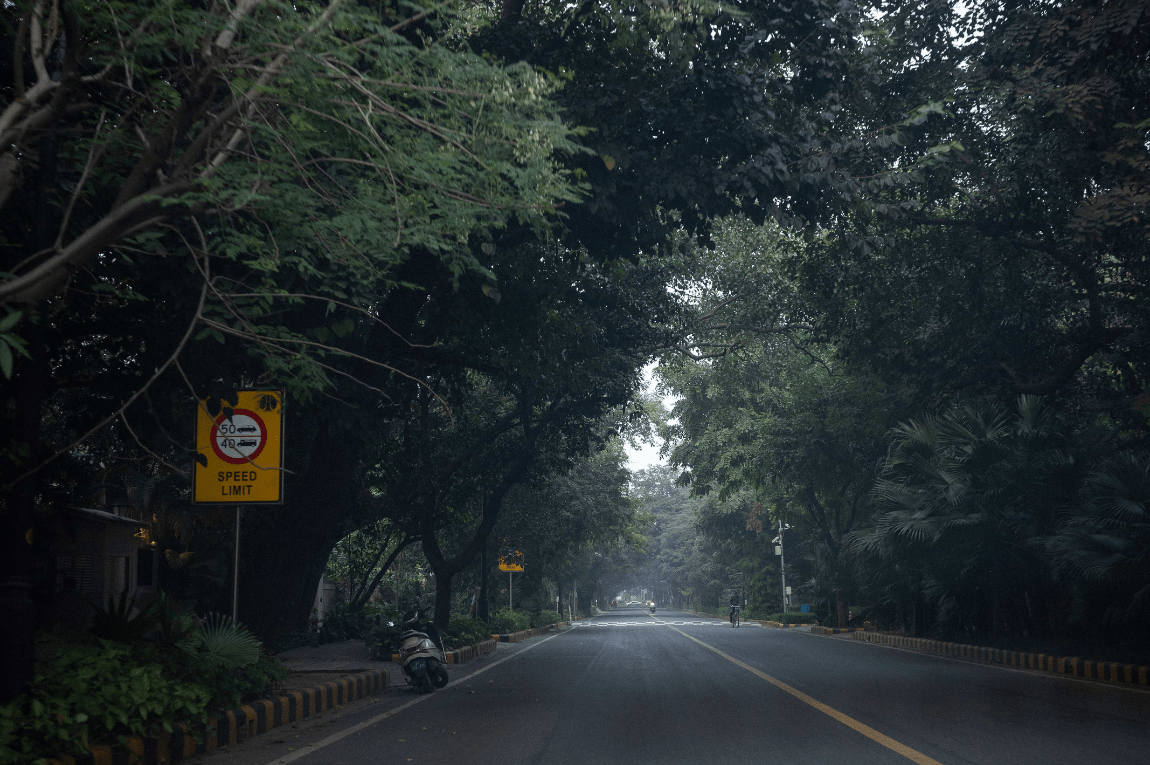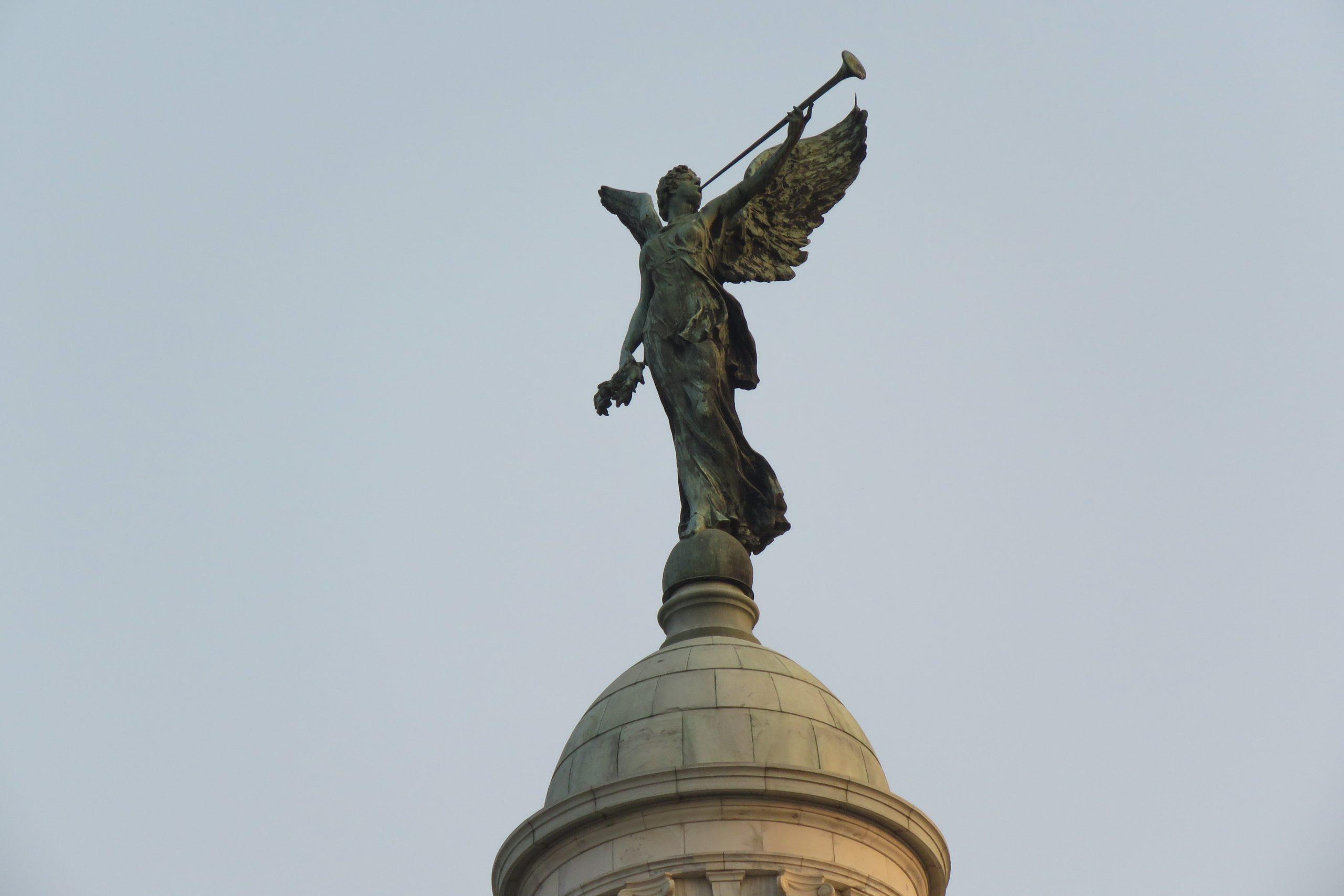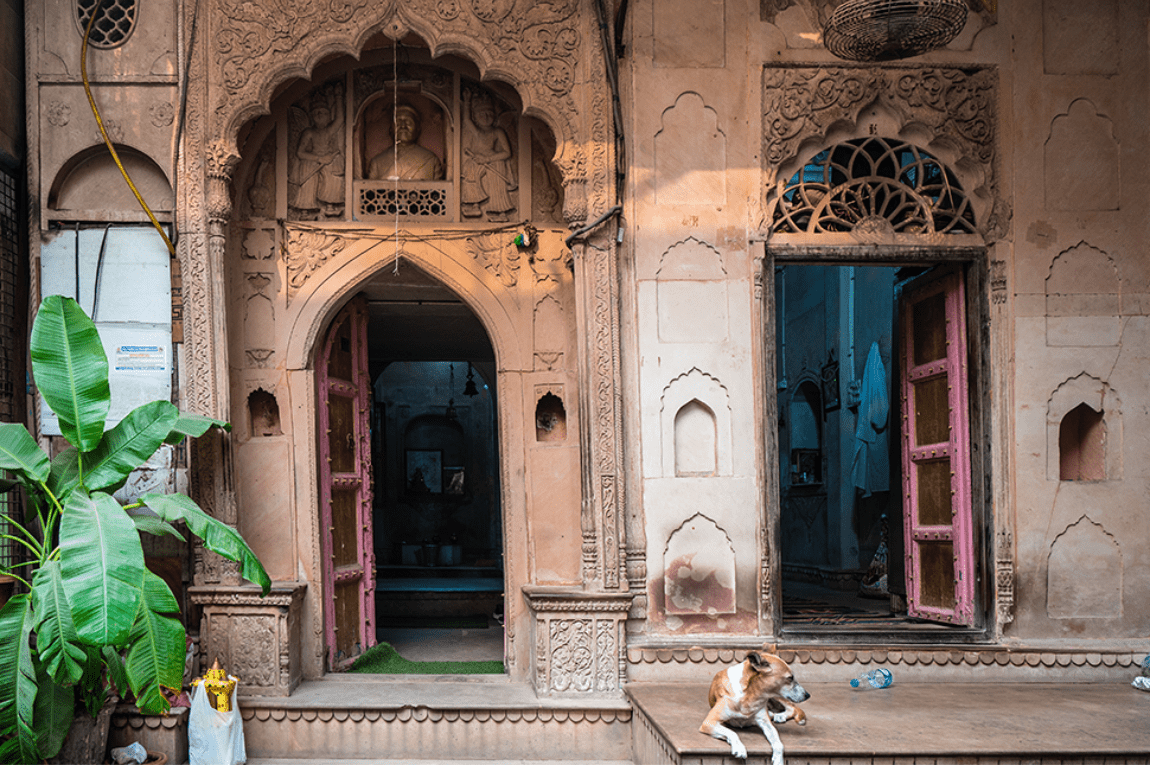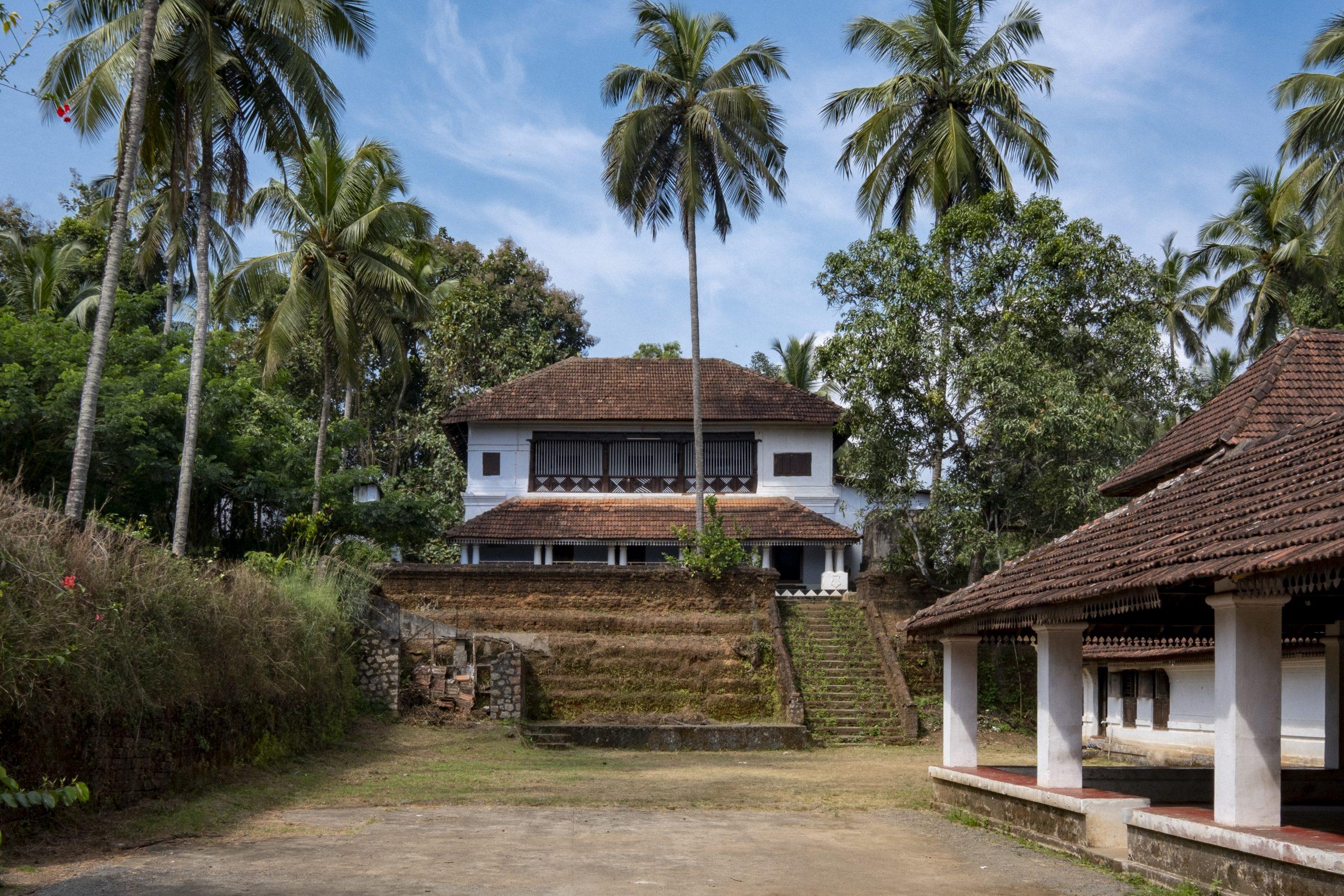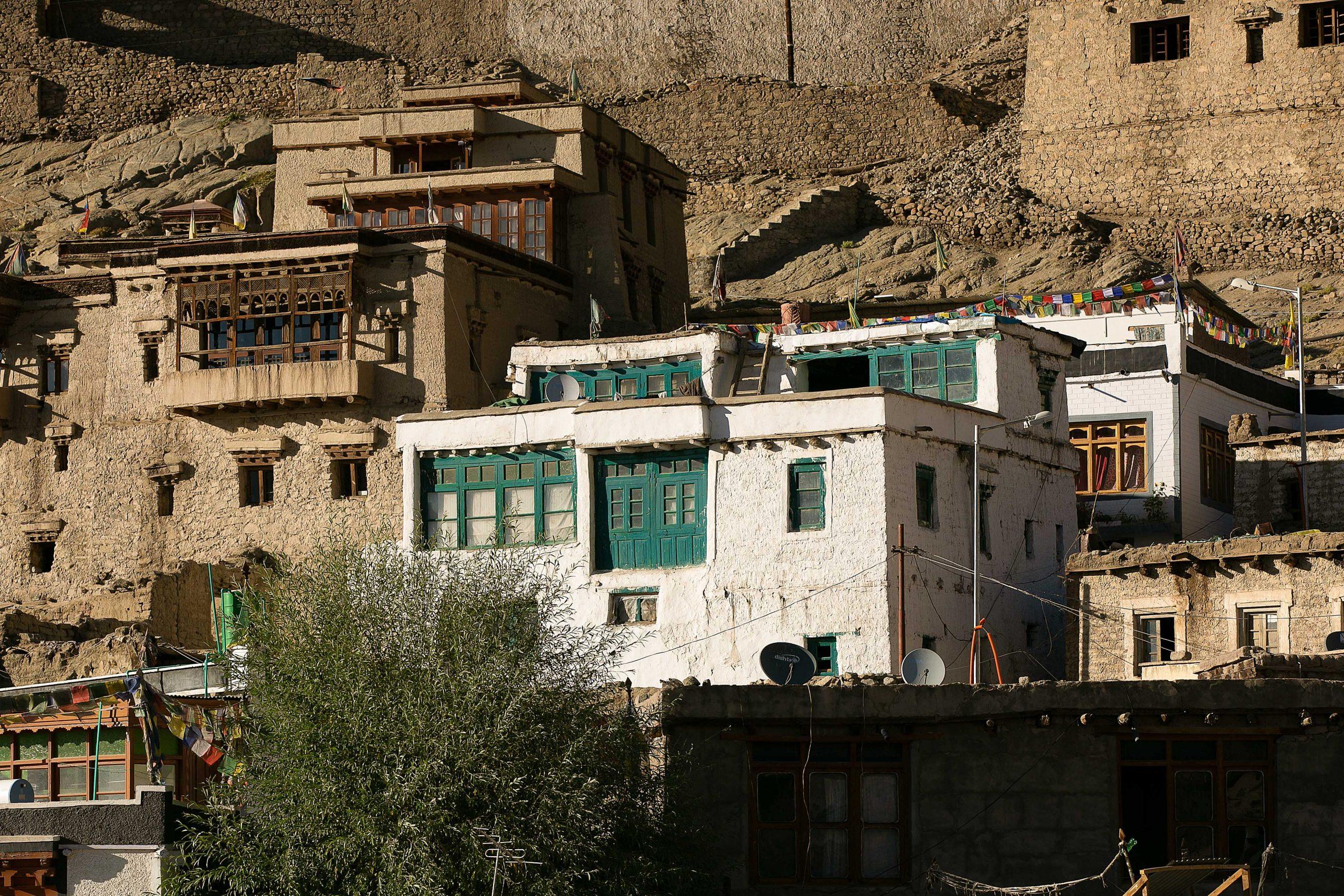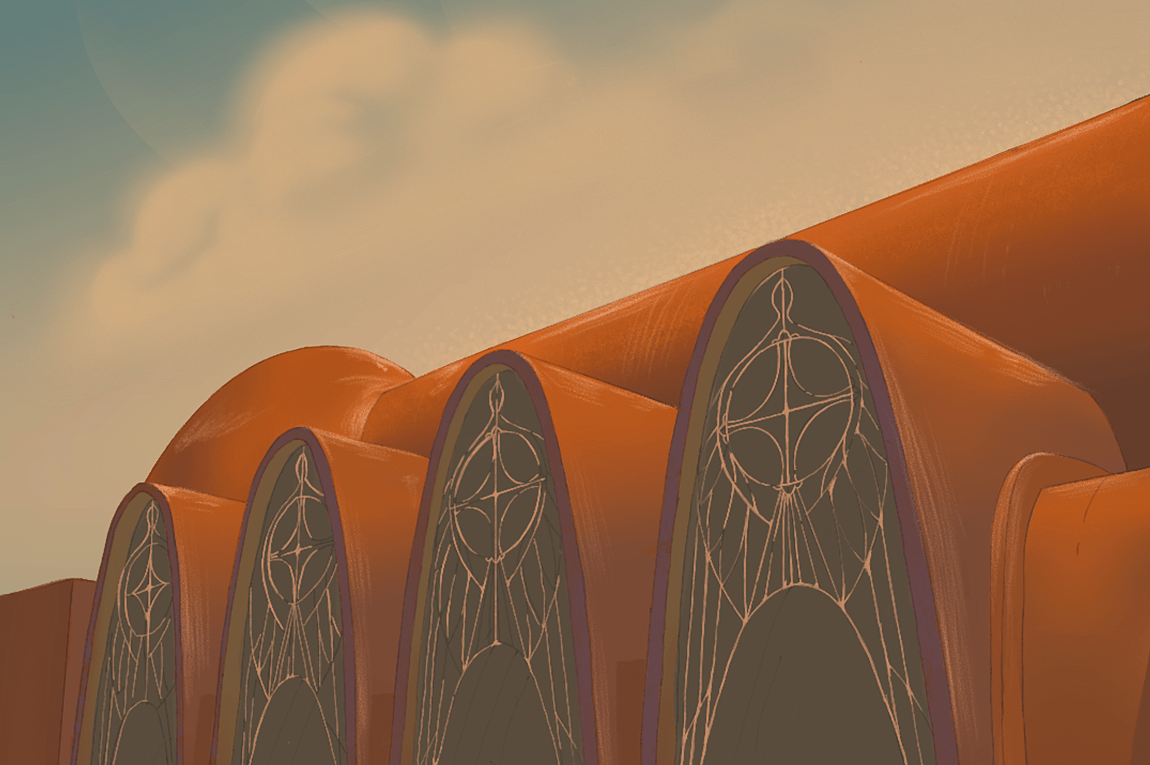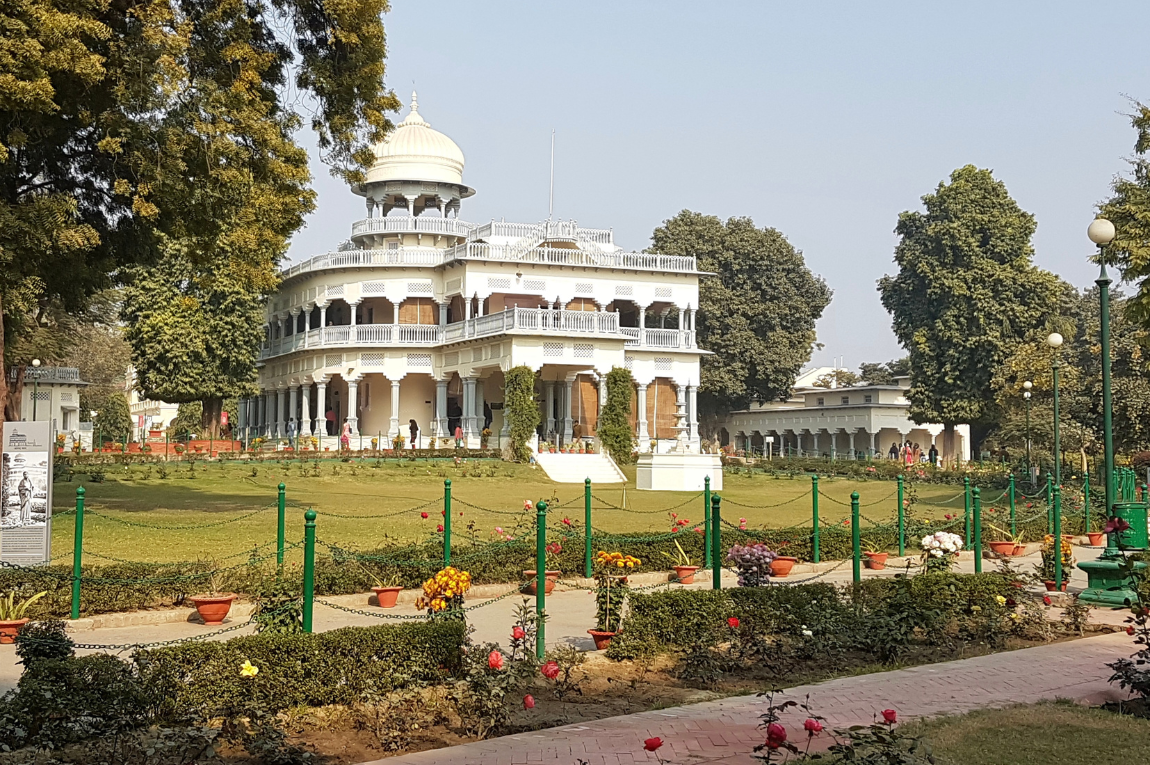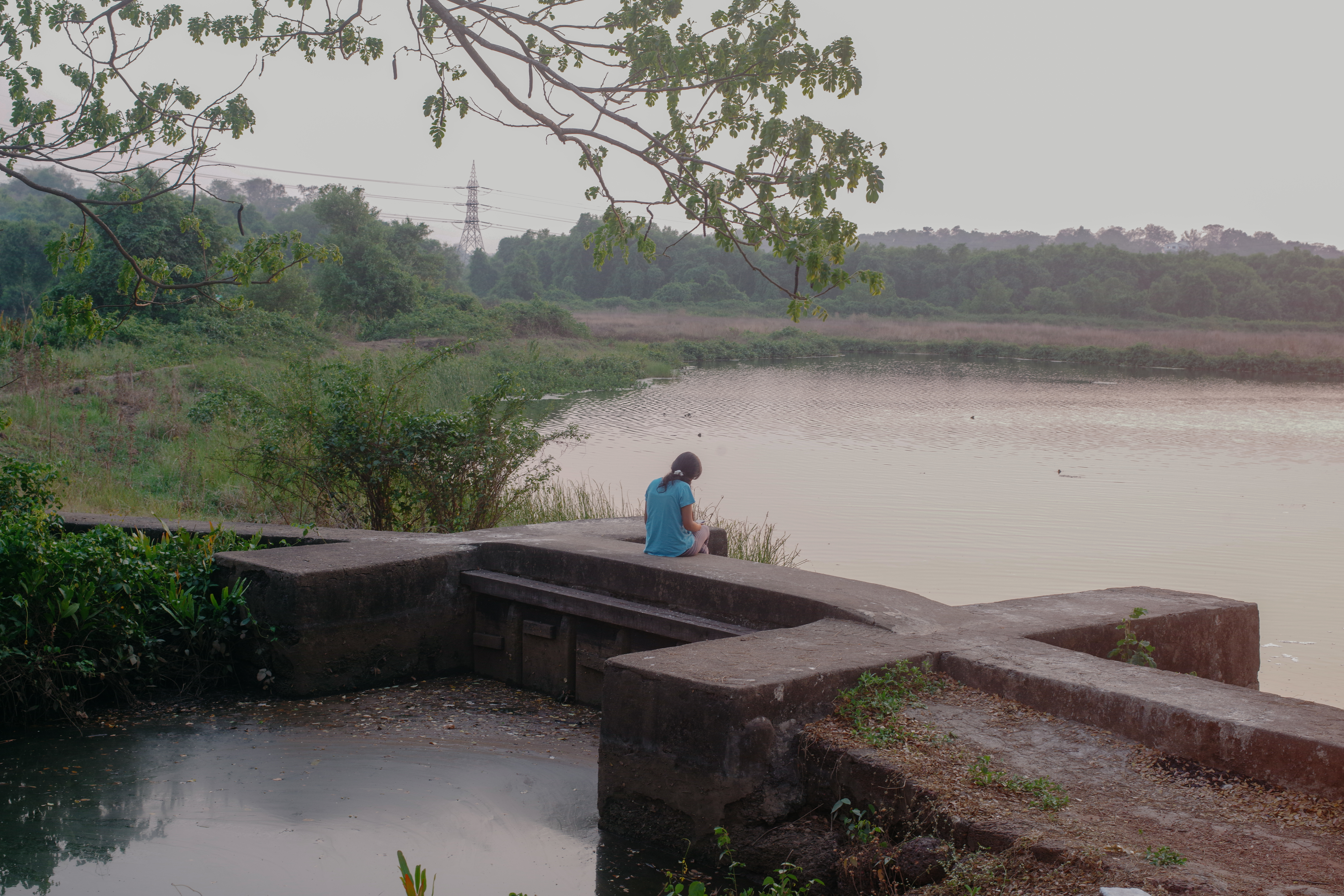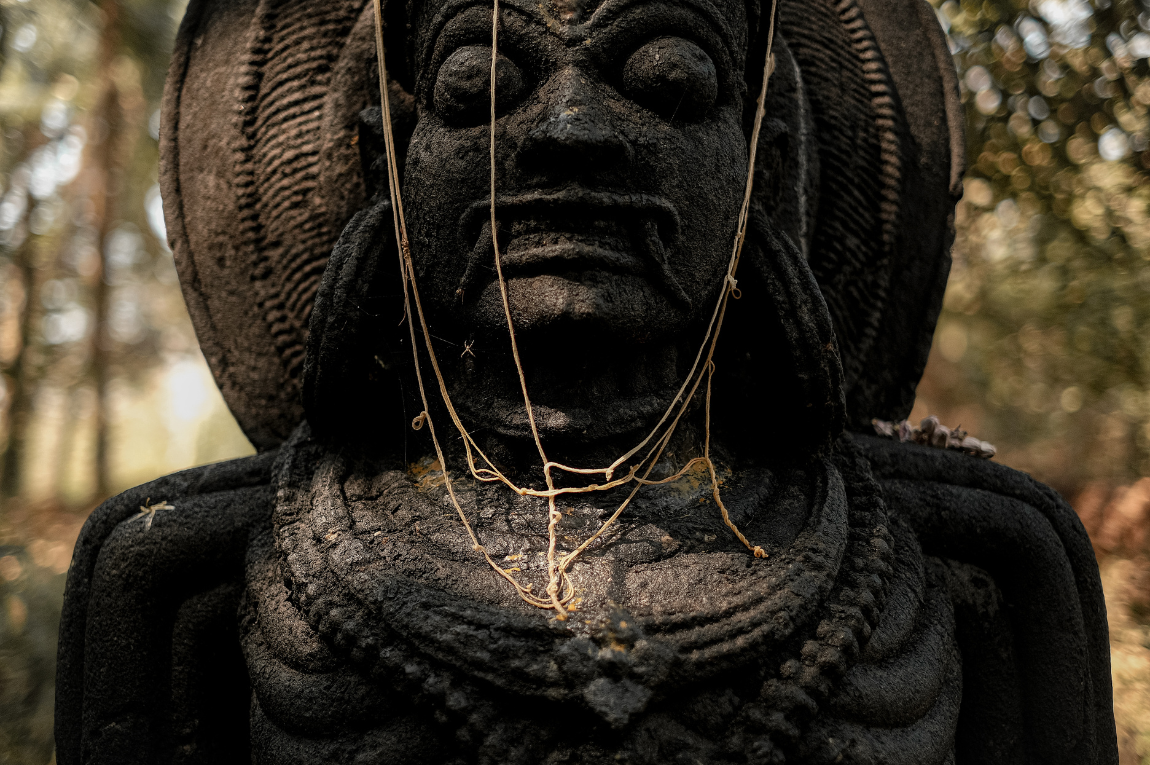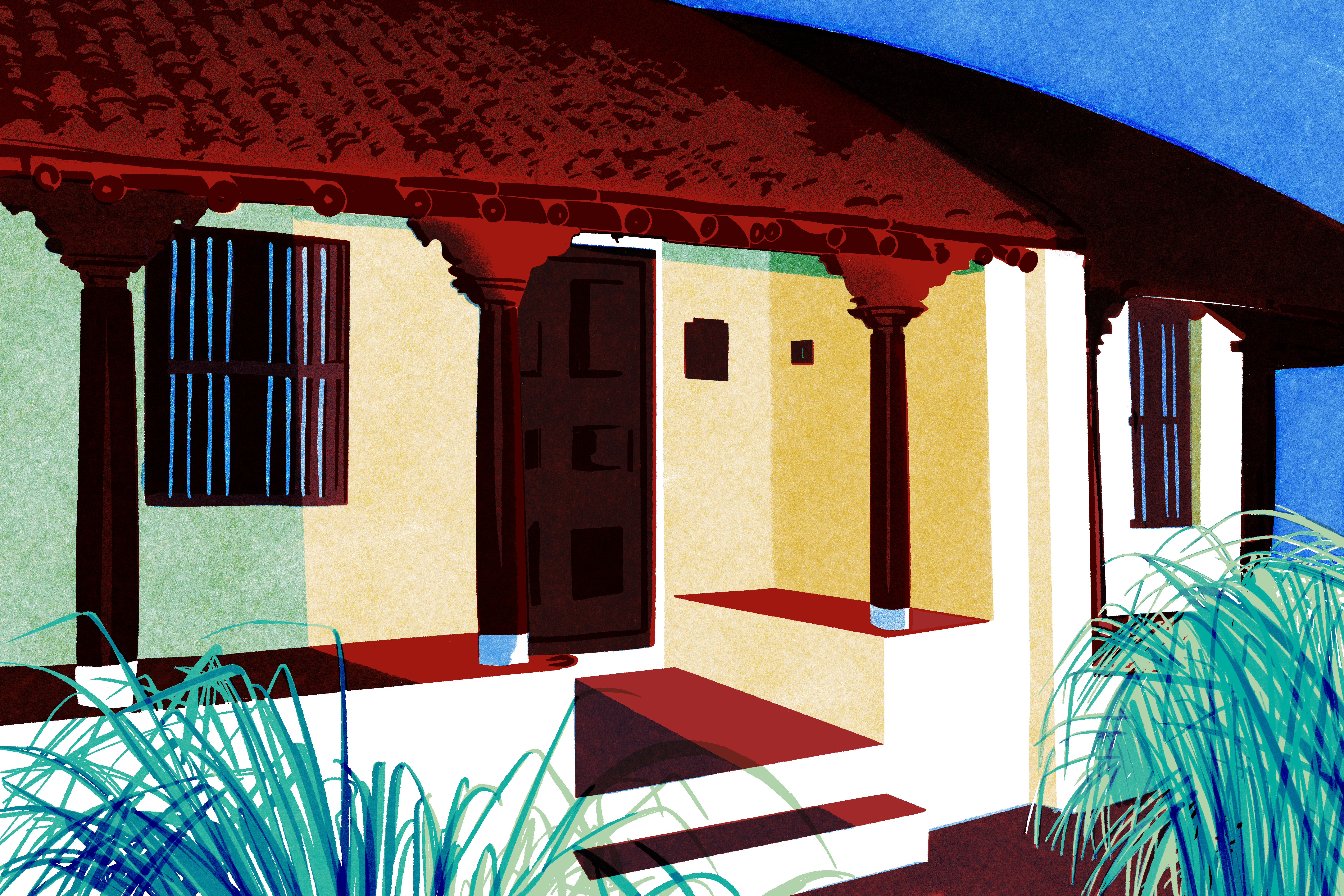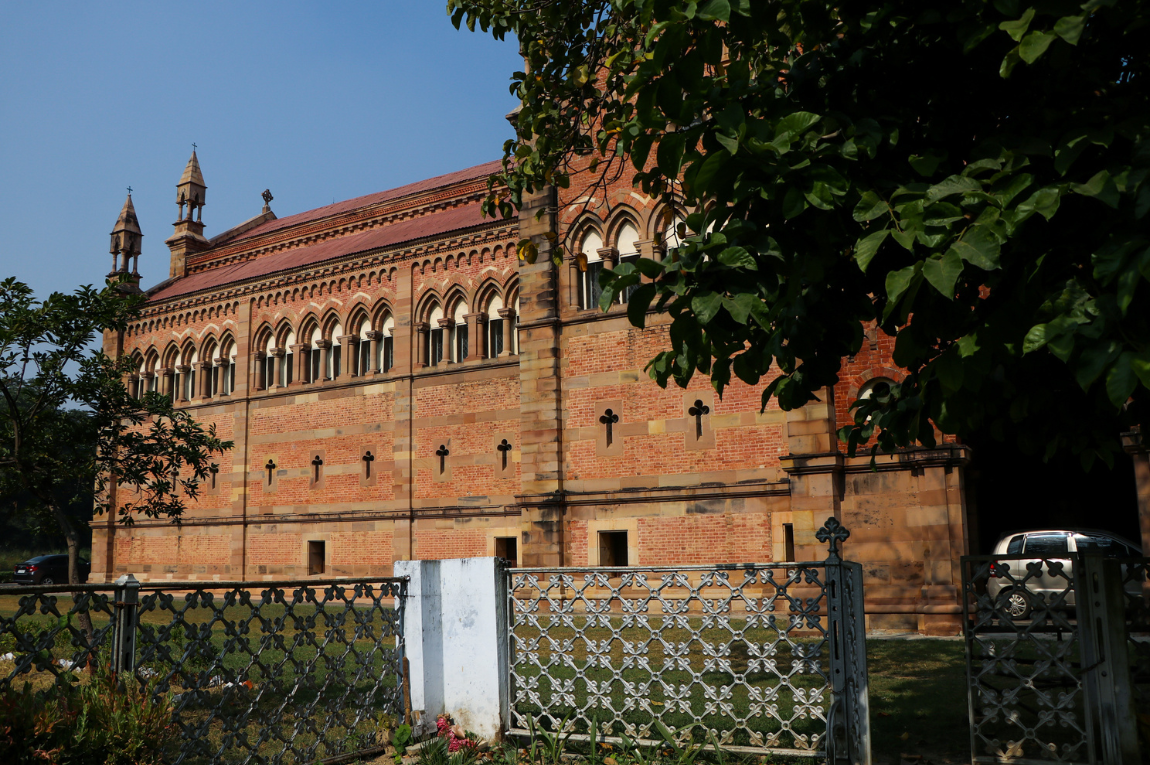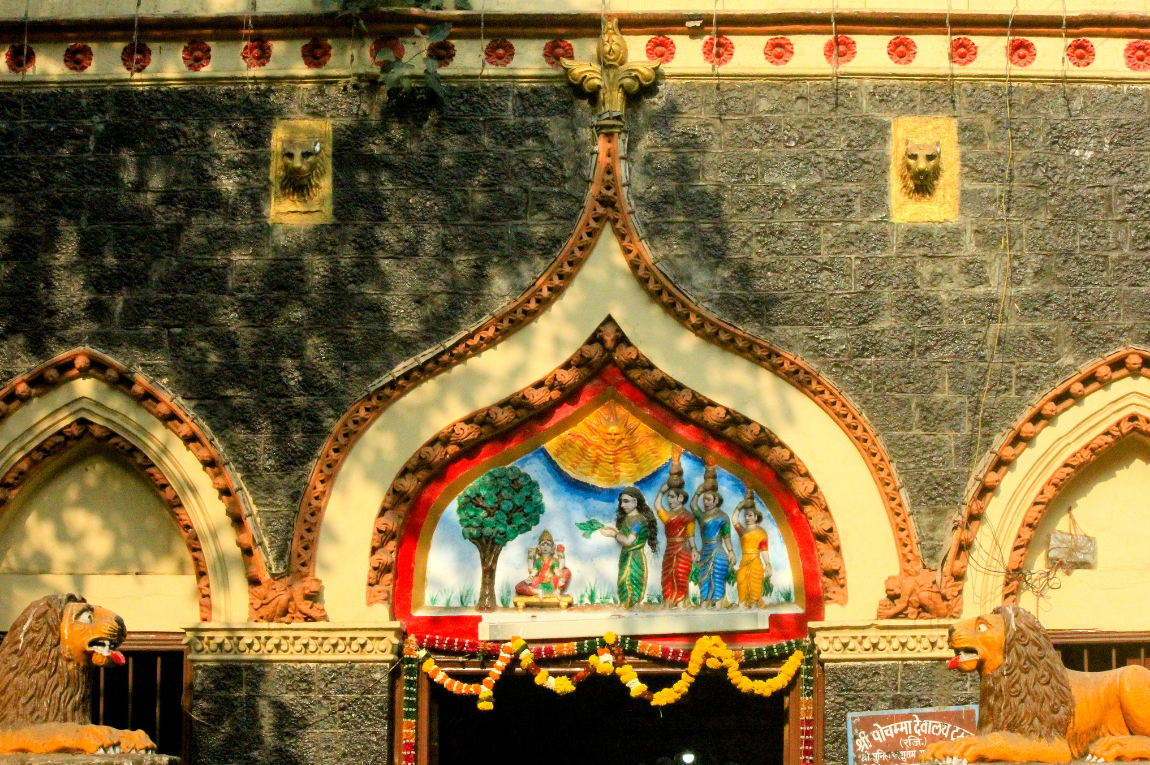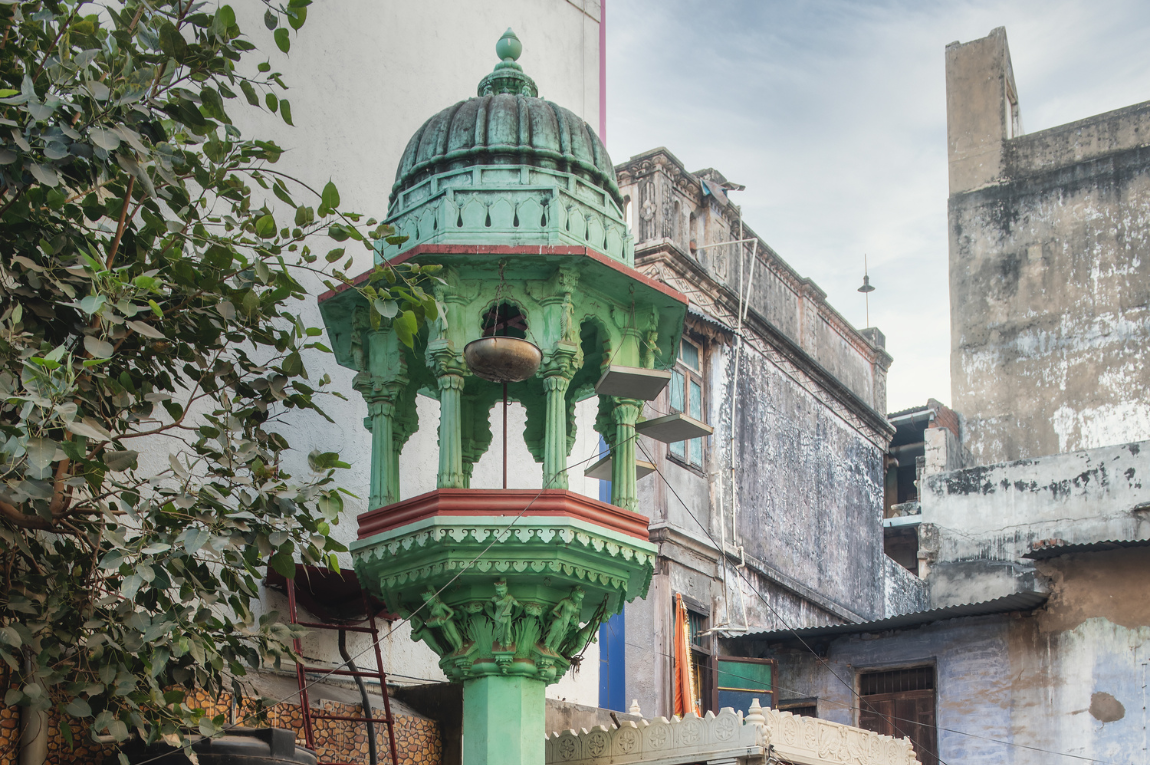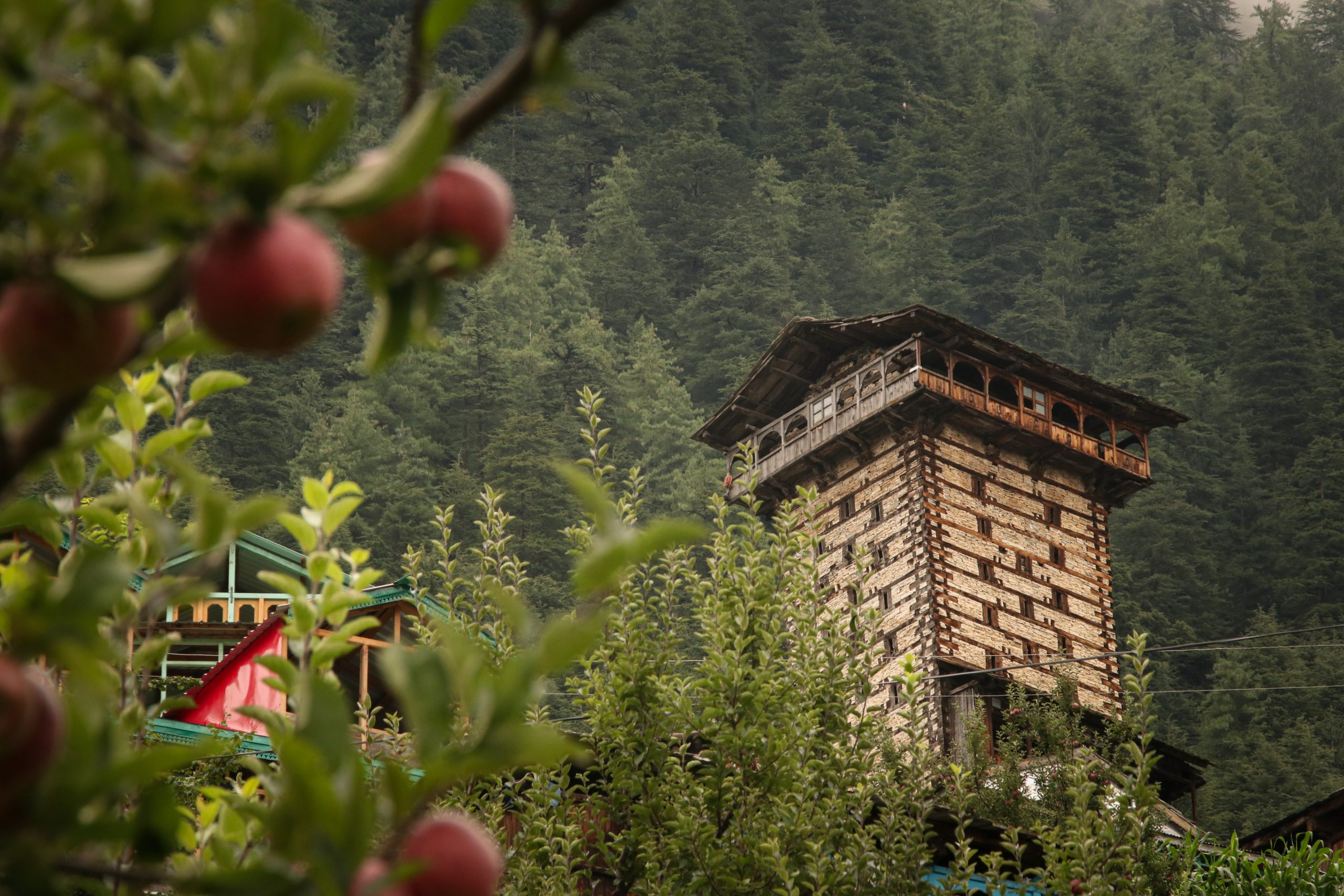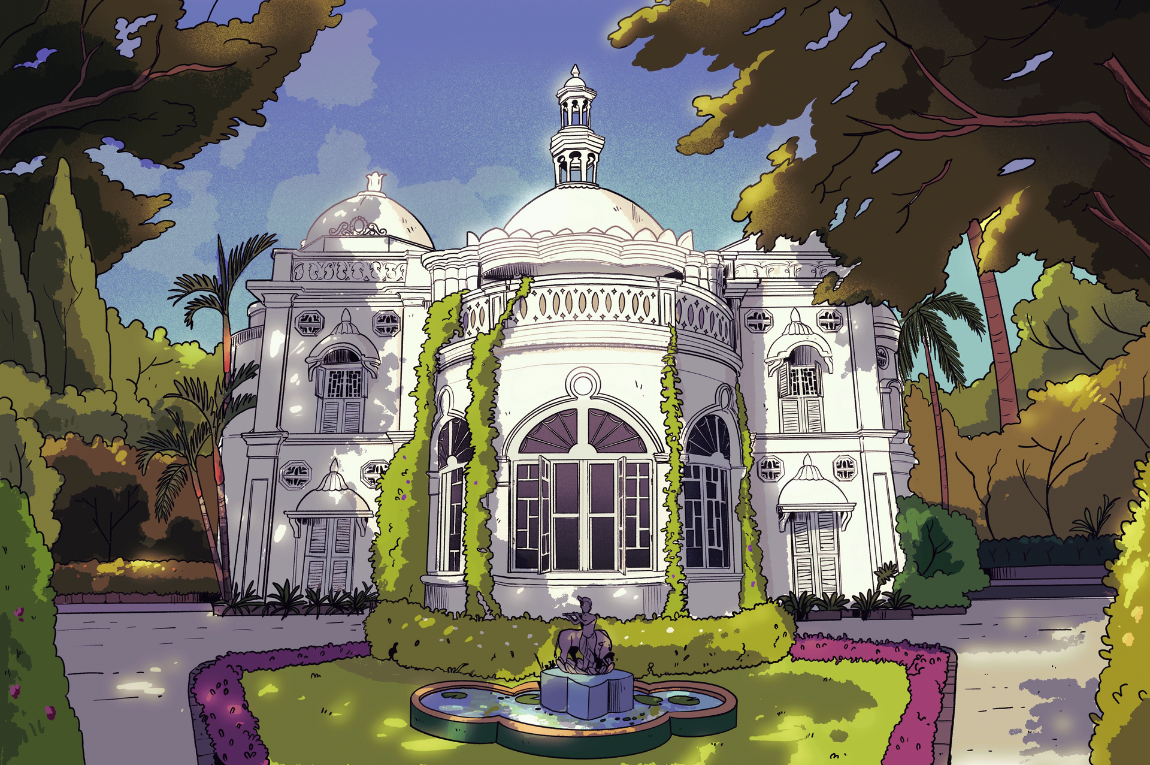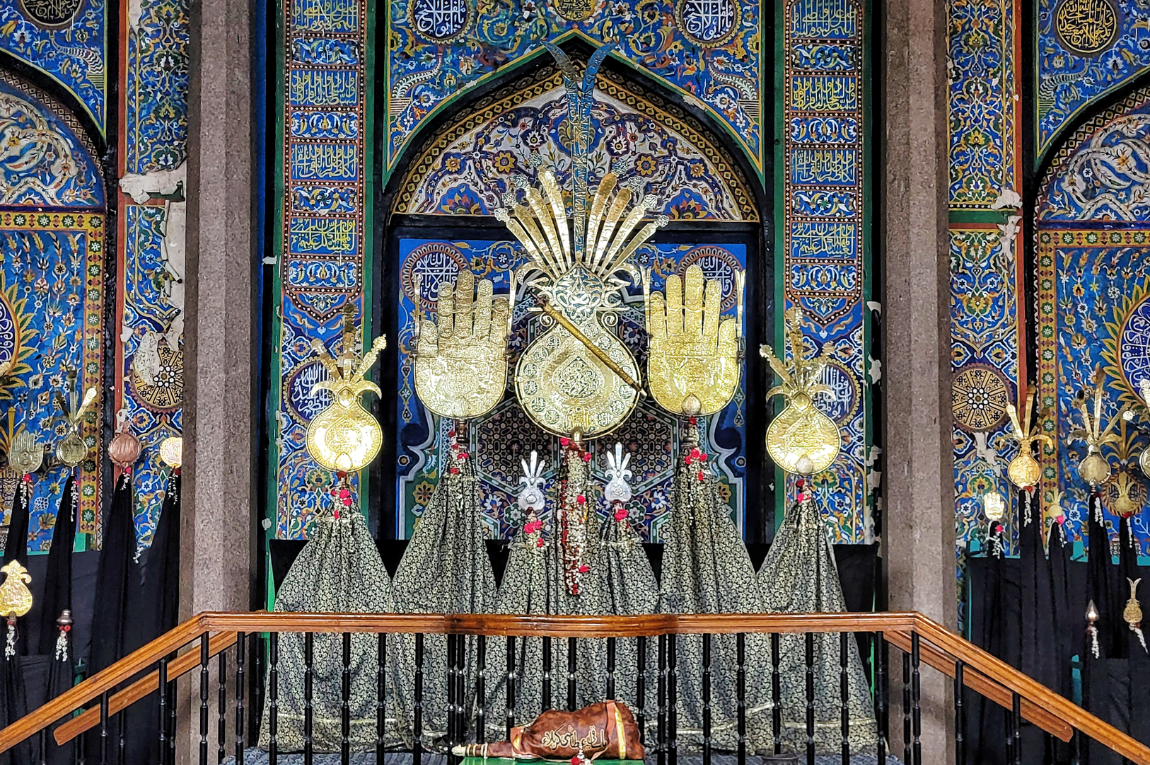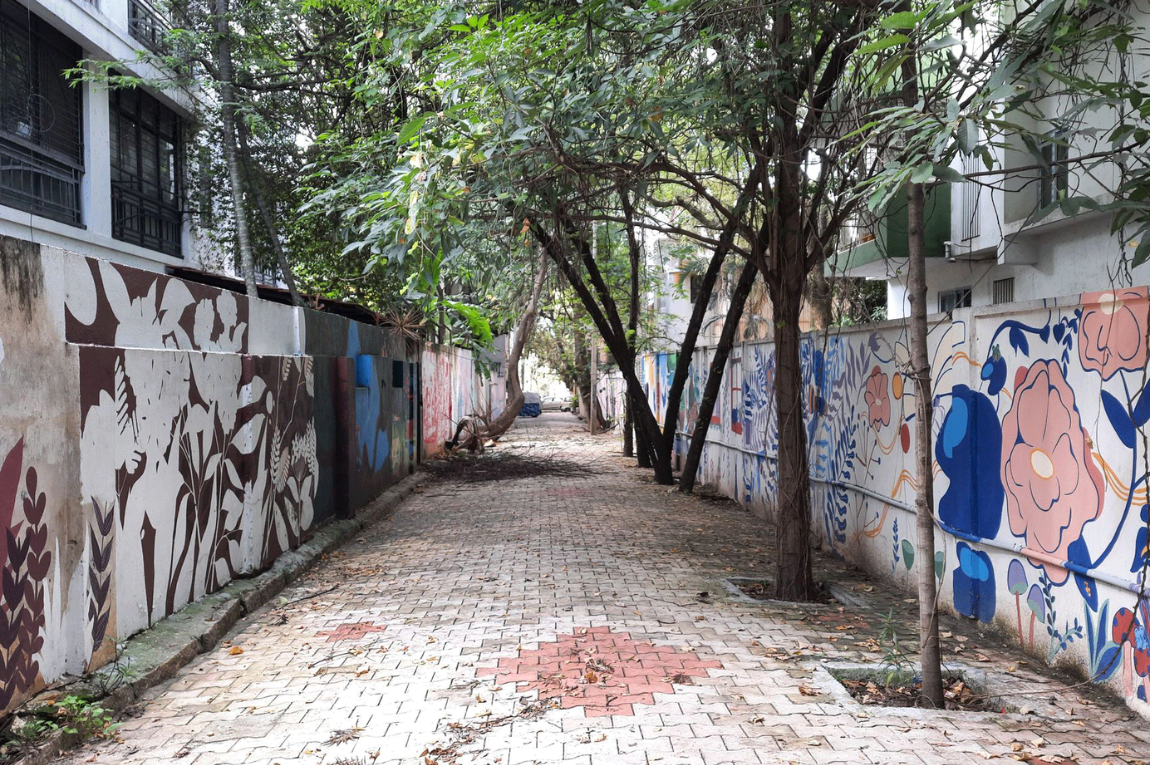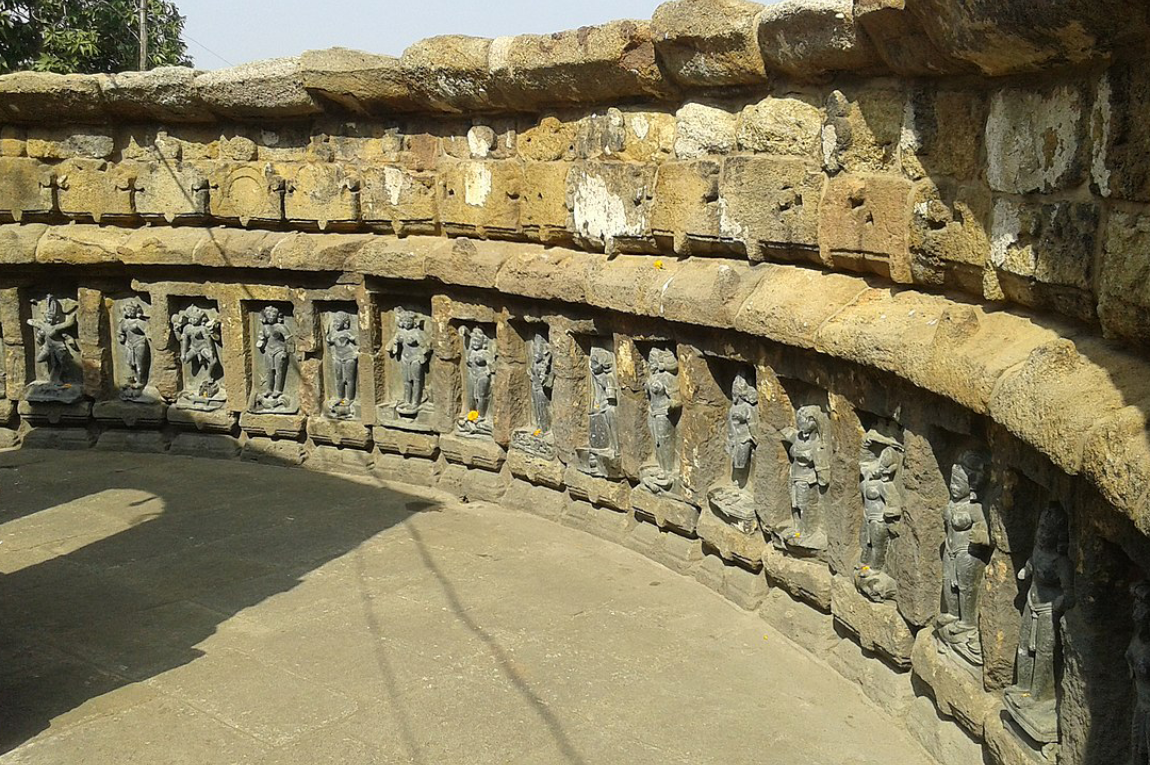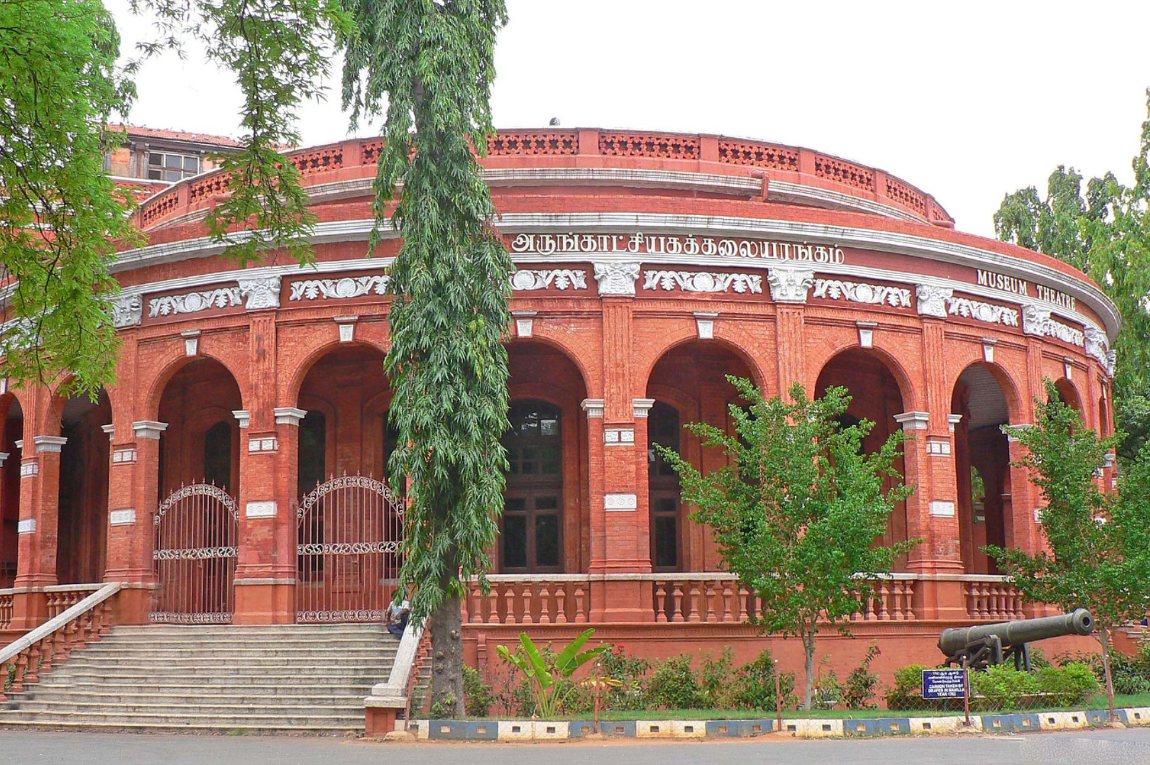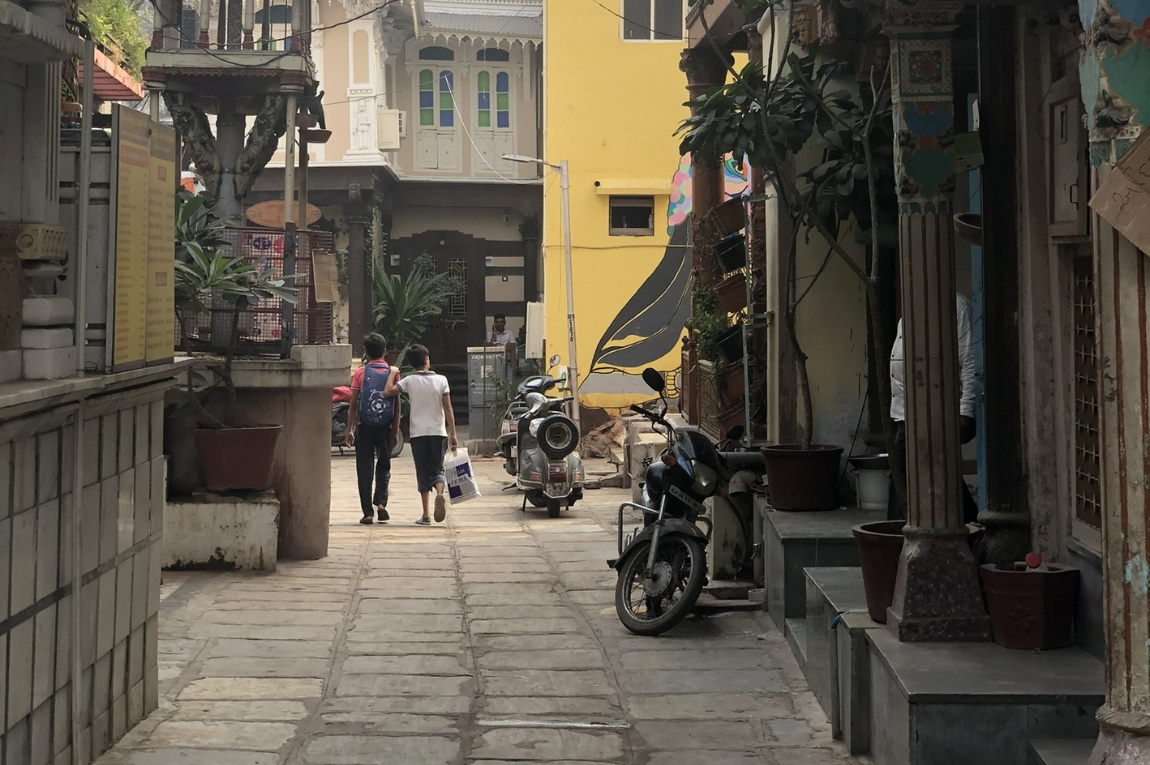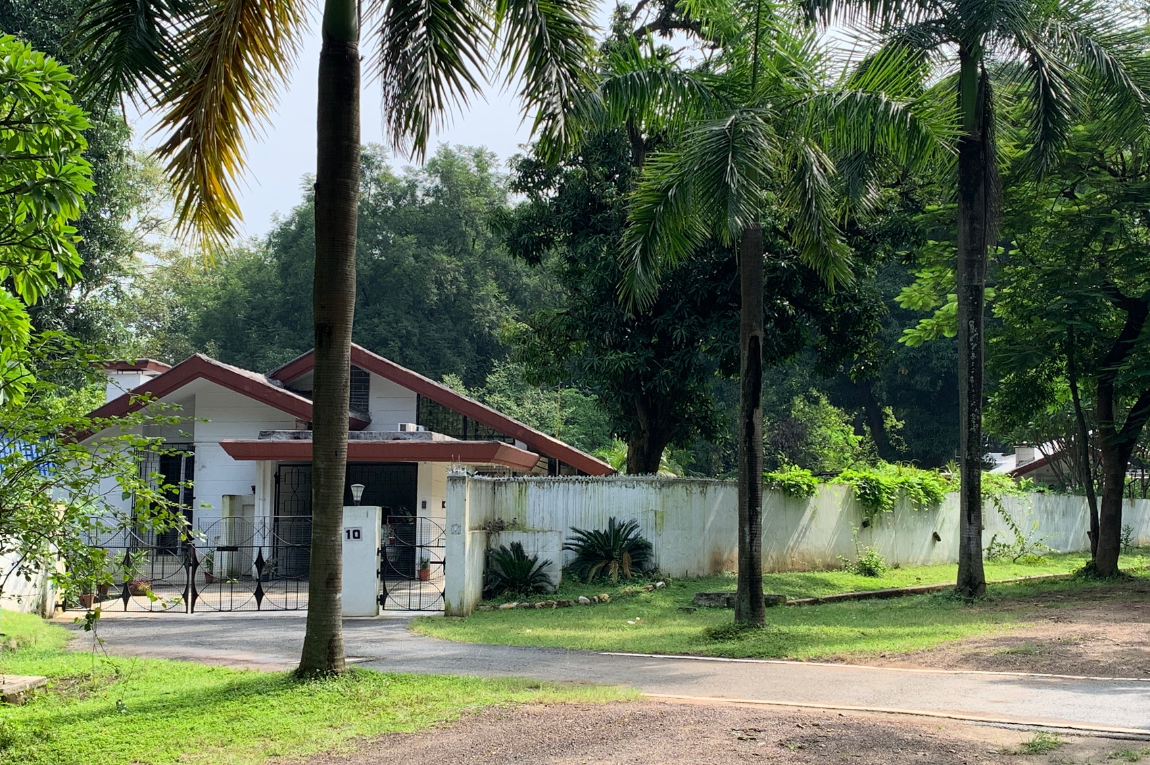Christened after the Magnolia champaca or the ‘champa’ tree, the inviting Champaca Bookstore, Library and Café is a new independent space in Bengaluru that opened its doors to the city in June this year. Tucked away on Edward Road, its large windows look out onto a swathe of green, snug corners and quiet nooks in place. The team at Champaca shares with us a list of five must-read titles from their discerningly put together bookshelves.
‘Karukku’ by Bama (1992)
This seminal autobiography is a powerful exploration of intersectionality in the south Indian social context. Bama uses a non-linear narrative style to chronicle her experiences as a Dalit Christian woman. Bama, who goes by the name Faustina Mary Fatima Rani when not writing, was ostracised from her village in Tamil Nadu for seven months when the book was published in 1992. The impact of its narrative continues to reverberate in Tamil society and can be heard on our shelves at Champaca through a 2012 Oxford edition of a translation by Lakshmi Holmström.
‘Of Birds and Birdsong’ by M. Krishnan; edited by Shanthi and Ashish Chandola (2012)
Descriptive nature-writing has had a long tradition in the Indian subcontinent, dating from Kalidasa through medieval Mughal texts like the Jahangirnama and an expansive colonial imprint. M. Krishnan can claim sole credit for keeping this tradition alive in the popular imagination of independent India. This is a selection of Krishnan’s popular history-writing on birds edited by Shanthi and Ashish Chandola, assembled from various publications over decades. Each is a masterpiece in observation, gentle descriptions captured by his keen senses and cult penmanship. They remind us at our bookstore of wild backyards and the wilder countryside, and this book of hope comes to us from a lovely edition from 2012 by Aleph.
‘The Immortal Life of Henrietta Lacks’ by Rebecca Skloot (2010)
Henrietta Lacks is perhaps the only reason for many important discoveries in cellular biology, ranging from cancer to the polio vaccine. But once she succumbed to cervical cancer at the age of 31, she was buried in an unmarked grave, unaware of her contributions to science. In this book, Rebecca Skloot takes us on a journey through her life and its impact on biological discoveries, raising key questions on race, and the ethics of scientific research in America. This cross-genre book straddles science-writing, philosophy, history and biography, and has a crucial place on our shelves at Champaca.
‘Three Ways to be Alien: Travails and Encounters in the Early Modern World’ by Sanjay Subrahmanyam (2011)
Historian Sanjay Subrahmanyam has long explored the concept of ‘connected histories’, proposing that we cannot pigeonhole history into particular places or regions since cultures across the world are interconnected through trade, people and events. He brings this idea to life through a detailed exploration of several marginal lives from India and Europe, telling us that history is as shaped by minor characters as by more significant ones. In this book, he tells the story of three people in the 15th to 17th centuries: Miyan ‘Ali, a captive Muslim prince in Portuguese Goa; Nicolò Manucci, a Venetian who spent over 60 years in India; and Anthony Sherley, an English self-promoting political schemer. Using texts from the Early Modern period from archives across the world, this is a lucid and thought-provoking history.
‘View with a Grain of Sand’ by Wislawa Szymborska (1995)
It is remarkable to find poetry that holds as much power in its translation as in its original language. This collection by Nobel Prize-winning poet Szymborska is one such. The Onion, for instance, is at first glance a play of words describing an onion, but actually a profoundly philosophical poem on the nature of the self, and one wouldn’t be able to tell it was originally written in Polish. Szymborska’s poetry is magical and far-reaching in her lyricism and ideas.

